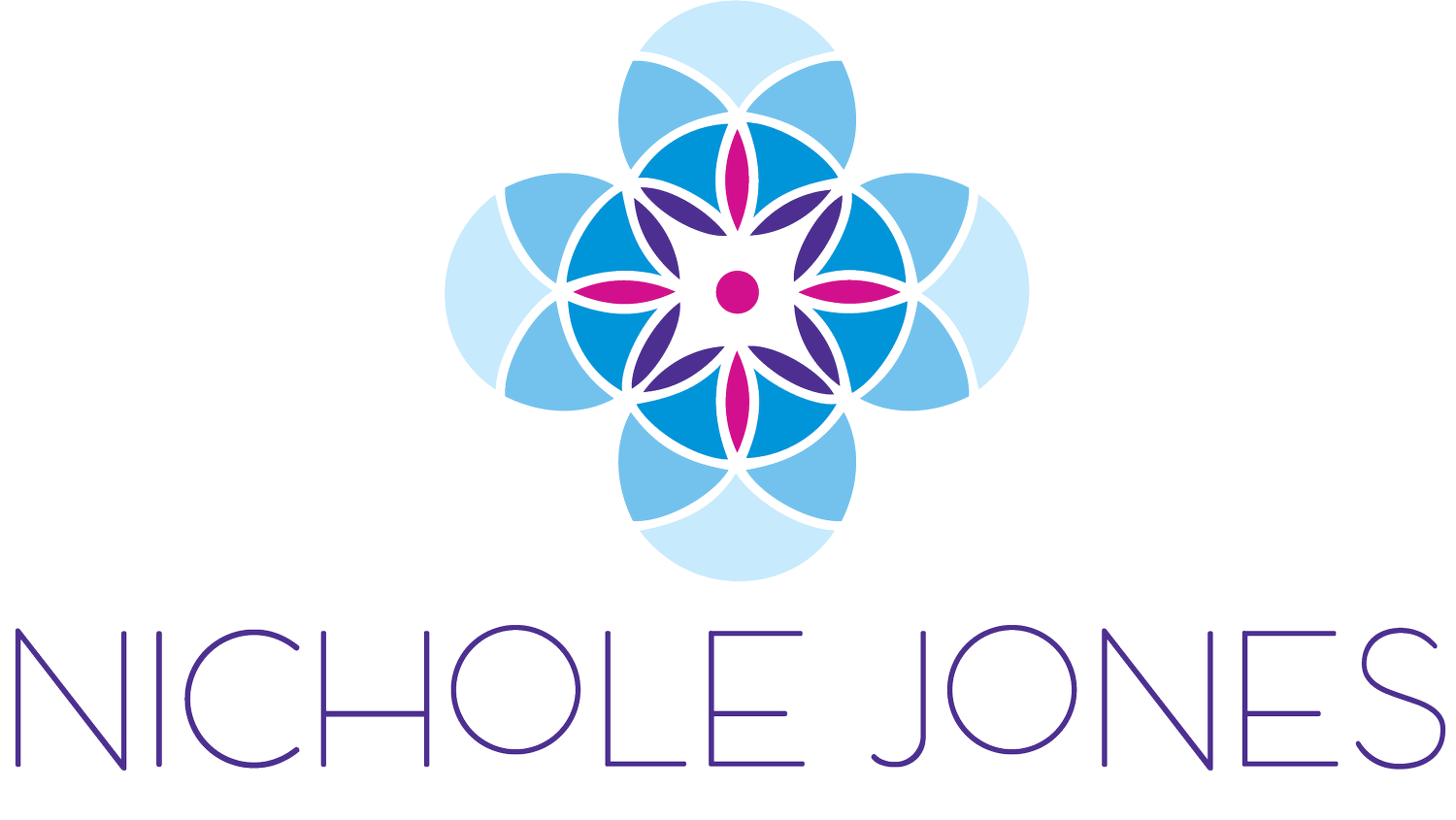The Intersection of Brainspotting and Yoga
How is sitting in a sweaty yoga class like Brainspotting? Yoga is just stretching right??
Most people think of the postures done in a yoga class when they think of yoga but it is so much more than that.
The postures, or asanas, are only one eighth of yoga.
The great sage Patanjali wrote the Yoga Sutras around 400 CE. The writings are the guide book for modern day yoga. They are a guide for living and expanding your life to be one of greater sattva (calm, peace and clarity).
In the sutras Patanjali describes Eight limbs of yoga:
1-Yamas: practices to abstain from like harming, lying, stealing, overuse of sex, and greed or grasping
2-Niyamas: observances or things you should do like tell purifying your body and mind, finding contentment and self-discipline, getting to know and understand yourself, and surrendering to life as it is and trusting the Divine
3-Asana: the postures or physical practice
4-Pranayama: breathwork
5-Pratyahara: withdrawal of the senses
6-Dharana: concentration
7-Dyana: meditation
8-Samadhi: bliss.
The eight limbs provide a specific path to enlightenment. Follow them and you will eventually land on the 8th limb, samadhi, and find freedom from the pain of being human.
You might be thinking, “Omg Nichole, I am not thinking about enlightenment! I just want to feel better right now in this current life and the quicker the better!!”
Enter Brainspotting.
The goal of Brainspotting is to support your path to healing and emotional regulation.
Healing that includes feeling calmer by clearing out all the old BS that clutters up your mind causing your mind to spin out of control, overthink, worry, feel depressed, and all of the rest.
Which directly aligns to the second sutra:
Yoga citta vritti nirodha: Yoga stills the fluctuations of the mind.
Which can also be translated as: yoga helps your mind to be quiet, calm, and happier.
Anyone who embarks on a Brainspotting journey (or therapy, coaching, or any healing modality) is practicing svadhyaya, or self study, which is part of the Niyamas, the second limb. You are getting to know yourself, your patterns, strengths, weaknesses, thoughts, and emotions.
During a Brainspotting session, you process experiences and feelings. As you do this, your practitioner will guide you to notice what you are feeling in your body. Just like when you are in a yoga class.
In a yoga class, the instructor will usually start with some type of practice to collect your energy and come into your body. Throughout the class, the instructor will cue you to notice how your body feels in certain poses and invites you to be with whatever comes up with kindness, compassion, and non-reactivity. This is why people cry in yoga classes, they are in their bodies and becoming aware of sensations which are connected to emotions.
Asanas purify the body, but more importantly they purify the “heart-mind” which holds all of your emotions, thoughts, and intuition.
Like the yogi, a Brainspotting practitioner also guides you back to your body, asking you to notice what you are feeling in your body with compassion and curiosity. You are doing “yoga,” purifying your heart-mind, body, and spirit leading to calm, contentment, and joy.
As you feel your body in a Brainspotting session, you are also guided to your “brainspot” or specific eye position related to what you are feeling in your body. When you do this, you are practicing what we call in Brainspotting, “focused mindfulness.” The eye position in BSP is critical as it accesses where your unresolved experiences and traumas are stored in your brain and nervous system.
Focused concentration is the practice of Dharana, the sixth limb of yoga, which means keeping your focus on a single point. In yogic practice, ideally you are focusing on something positive like a mantra, breath, or candle (check out my instagram post on Trataka) but the brainspot may not or may not be comfortable. In fact, it can be quite uncomfortable and hard to look at sometimes. But with sustained focus, compassion, and curiosity that spot can decrease in activation and lead to a mind that is calm and clear. The same qualities garnered from Dharana.
Both yoga and Brainspotting bring the unconscious into consciousness (the definition of yoga).
When you live from a place of consciousness, you are living in greater alignment with who you are and what you need. You are kinder to yourself and have your own back, which creates a sense of safety in your nervous system. A sense of “I got this” and “I am going to be ok, no matter what.”
Embarking upon Brainspotting, yoga, or any helping modality opens your lens of awareness ultimately leading to a life of more joy and calm.
Namaste!
Nichole
PS: Never miss a way to regulate! Sign up for my newsletter here: www.nicholejones.com/newsletter
